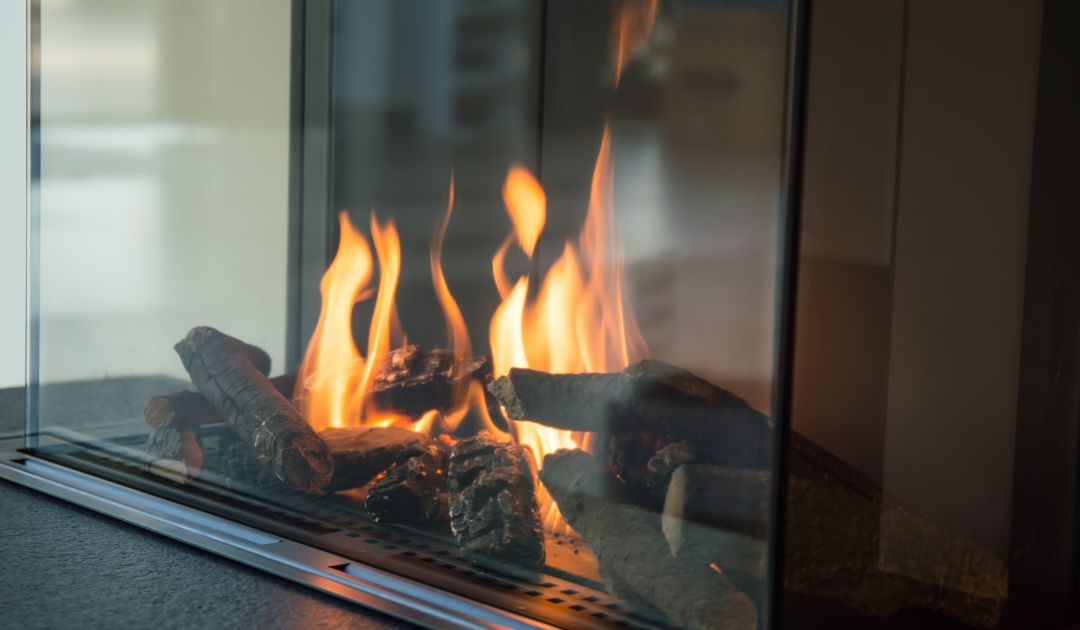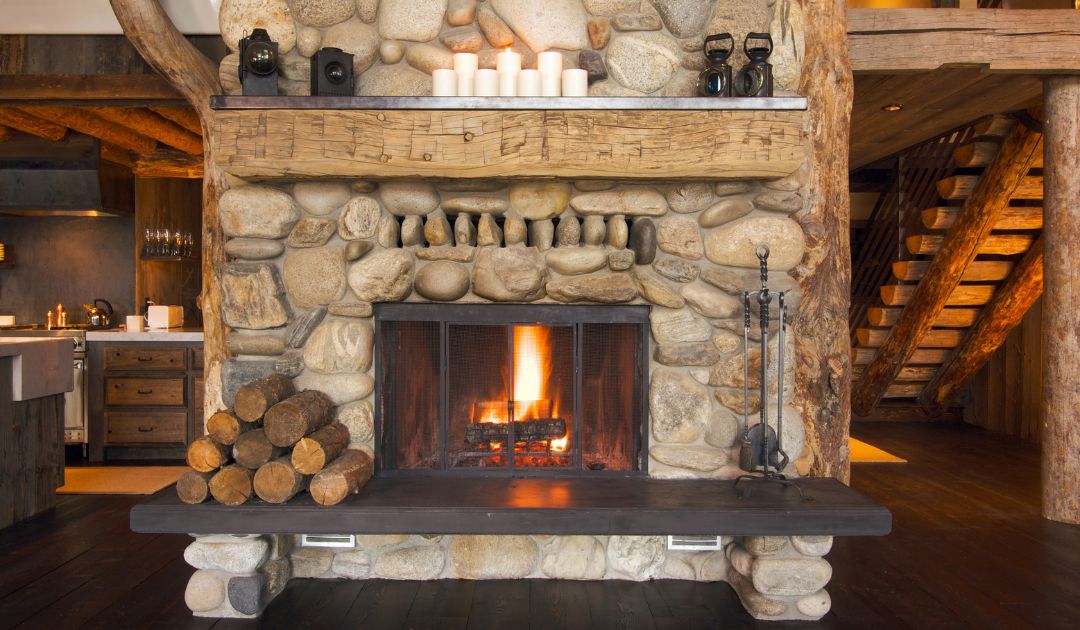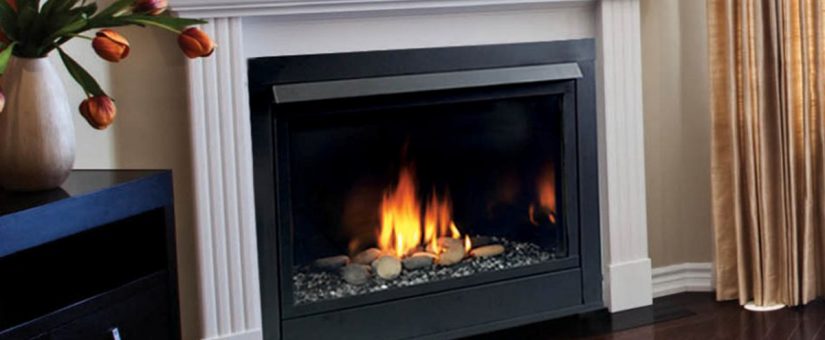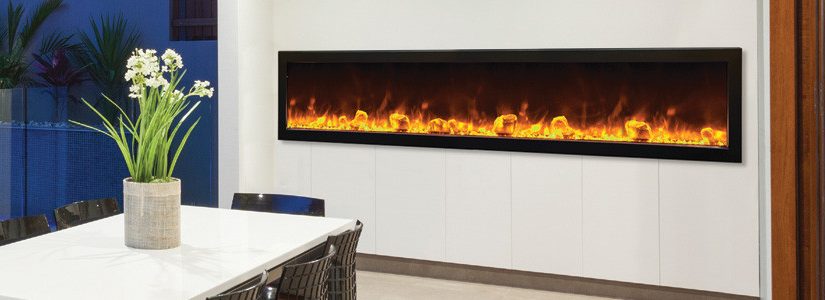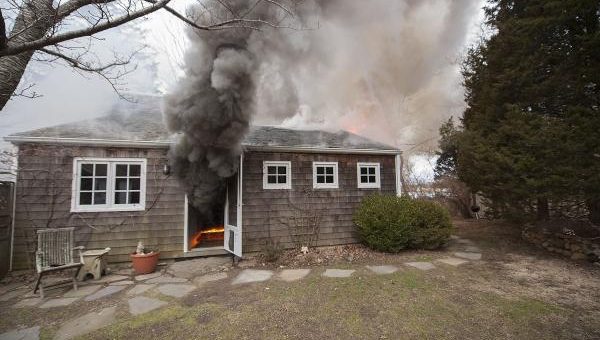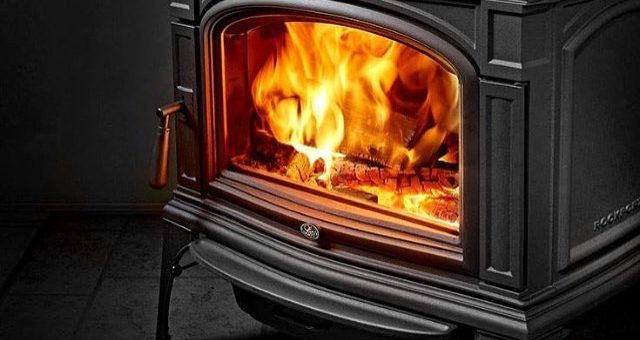Save money by changing your summer gas fireplace settings
Now that summer is just around the corner we are often asked about summer gas fireplace settings and turning off the gas in a standing pilot fireplace. Whether or not it has any impact on the operation of the fireplace the following winter, or results in any significant savings over the summer.
The amount of money you will save in natural gas aside. One benefit of turning off the pilot light is that the no heat is generated which impacts the efficiency of your homes central air conditioning system. Gas fireplaces, even in pilot mode do generate heat. Depending on the manufacturer anywhere between 900 and 1100 BTU’s per hour. While this may not be enough to set your gas meter spinning the cost does add up.
The cost of a burning pilot light
In Alberta you pay for your natural gas by the Therm. A Therm = 100,000 BTU. A pilot uses 1,000 BTU/hr and it is running for 24 hours a day, and 30 days a month, that comes out to be about 720,000 BTU. Divide that by 100,000 BTU to find the amount of Therms it uses (approximately 7.2). Then look at your gas bill and find out what you pay per Therm. Usually it is around $1.25 per Therm. Leaving the standing pilot burning will have a cost to you of $8 to $11.00 per month. (around $40.00 over the course of the summer)
Another advantage of turning the fireplace pilot off is the glass stays cleaner. One by-product of the pilot burning is a sulfur based gas which over the summer will deposit a white haze on the inside of the gas. This haze if not cleaned can become permanently etched in the glass. Leaving your pilot light on is the easiest way to keep the glass from developing a haze.
Another option is to use a fireplace glass specific glass cleaner to remove the haze before it sets and becomes permanent. Fireplace glass cleaner can be purchased at any fireplace store, and is as easy to use a car wax. Never use ammonia based window cleaners on the glass as they will etch the glass when subjected to high heat.
With a savings of around $40.00 over the summer and the benefit of cleaner glass, the easiest conclusion is to turn off the gas. Of course, you have to feel comfortable not only doing that but also relighting the pilot in the fall. If you are not comfortable doing that, the cost of having a service call done will quickly outweigh any of your gas savings.
Pitfalls of turning off your pilot light
Occasionally customers will turn off their pilot light and then find that in the fall the fireplace no longer works. Turning off the pilot light does not have any impact on the thermocouple or thermopile. If it was working when you turned off the pilot for the summer it should work exactly the same when you turn it back on.
There is one drawback of turning of the pilot light. For safety purposes gas companies use an additive in natural gas called Mercaptin. With the pilot turned off here is no heat at all in the burners, there are still trace amounts of Mercaptin. Spiders love Mercaptin and are attracted to it. A fireplace with the pilot light turned off can end up having spider webs inside the burner tubes. If you do get them the fireplace will not light and you will need to place a service call. This is very rare in but does it happen.
Fireplaces with an electronic ignition do not have a pilot light steadily burning and can be left as is for the summer.

